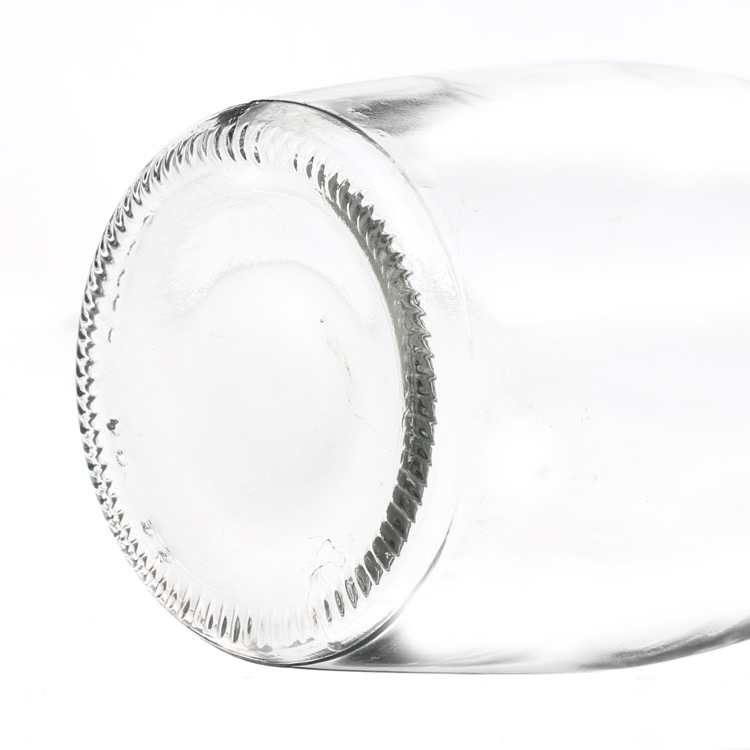First Class Tips About How To Obtain Water From Milk Ink And Vinegar

Mix about 1/4 cup (60 ml) of baking soda and 1/4 cup (60 ml) of water.
How to obtain water from milk ink and vinegar. The pen ink is not visible in the hot water glass while the cold water. The purpose of this project is to investigate the separation of pure water from milk, vinegar and water based ink. In this project we will try to find out if it is possible to extract water from ink, vinegar and milk.
Watch how pen ink diffuses in two cups of water: What you'll need. Start by putting some milk in a bowl and soaking the stained fabric in it overnight.
Destaining of the blue and the black inks was most successful when tap water (with a few drops of vinegar) rather than vinegar was used (table (table3). After thorough mixing, the pan is gently swirled to remove dissolved material while the heavier gold. Pen ink consists of several ingredients.
If the item's especially delicate, you may want to do a patch test with milk first,. When water appears it means condesation. Project description differences in physical properties such as boiling point and.
One of them is a dye which imparts color to the ink. On each of the labels, they will tell you what the percentages of ingredients are,. In this method, you will manually titrate ch 3 co 2 h ( aq) with some amount of naoh ( aq) to find out the concentration of the given vinegar solution.
Water is a distinct chemical compound with the formula h2o, consisting of two hydrogen atoms bonded to. Dirt would be placed in the pan and covered with water. Put a clear lid on top of the pot.
Heat the milk in a pan until warm, then add. 342k views 9 years ago. Water vaporizes at a lower.
No, it is not possible to obtain water from milk, vinegar, or ink. Separate ink from water using a process called distillation. Please enter a search term in the text box.
3.boil it until there is water on top of the lid. This is a process of separating two substances mixed together. Put the milk ink or vinegar into a pot.
According to stevespanglerscience.com, for this experiment, you need to pour 100 milliliters (ml) of milk of magnesia into a 500 ml beaker, and then add water,. The second method is the ph. One with cold water and the other with hot.

















